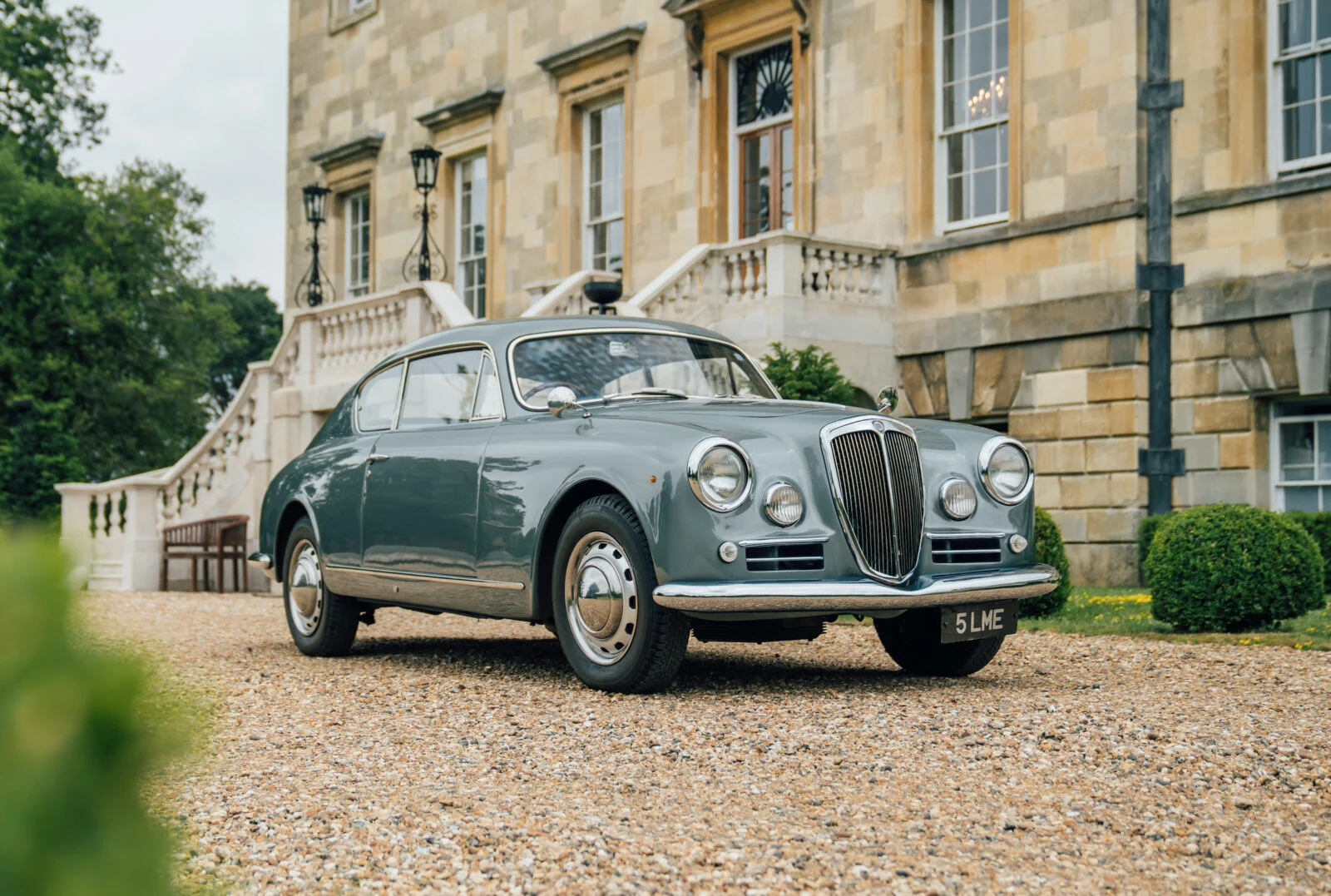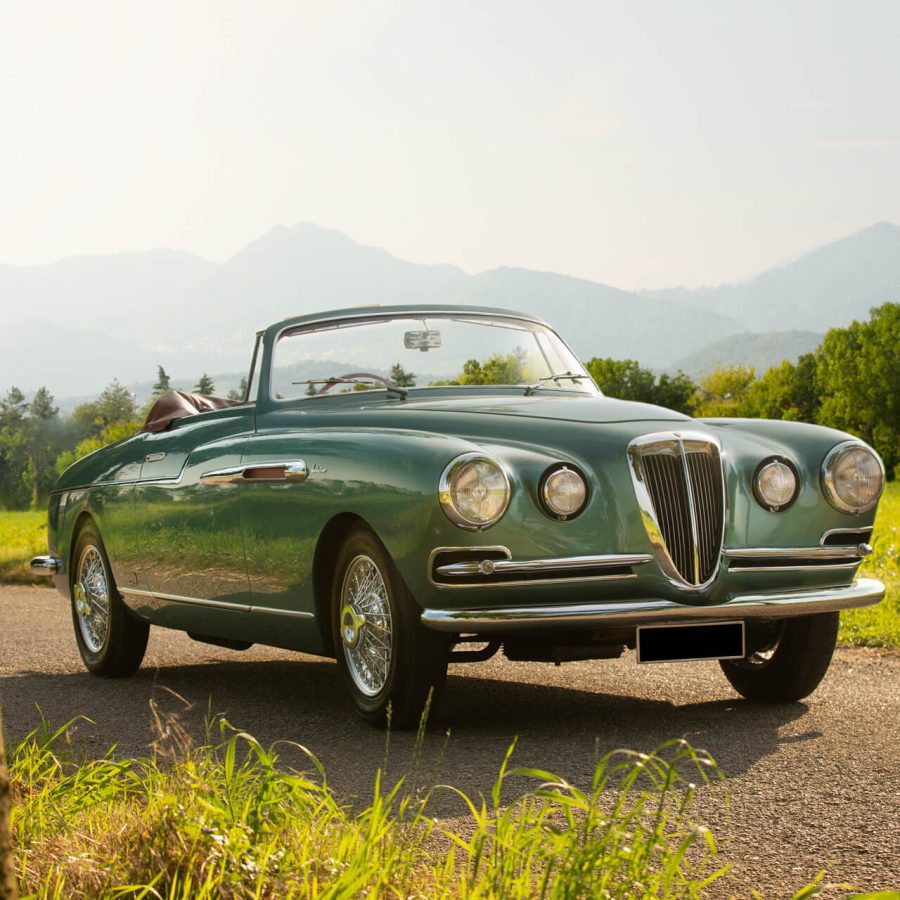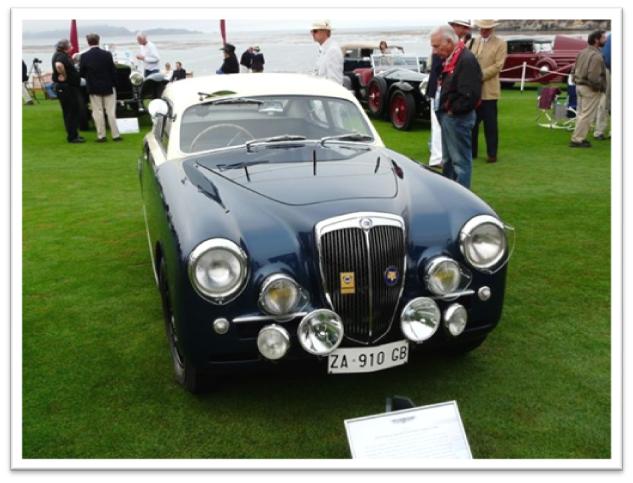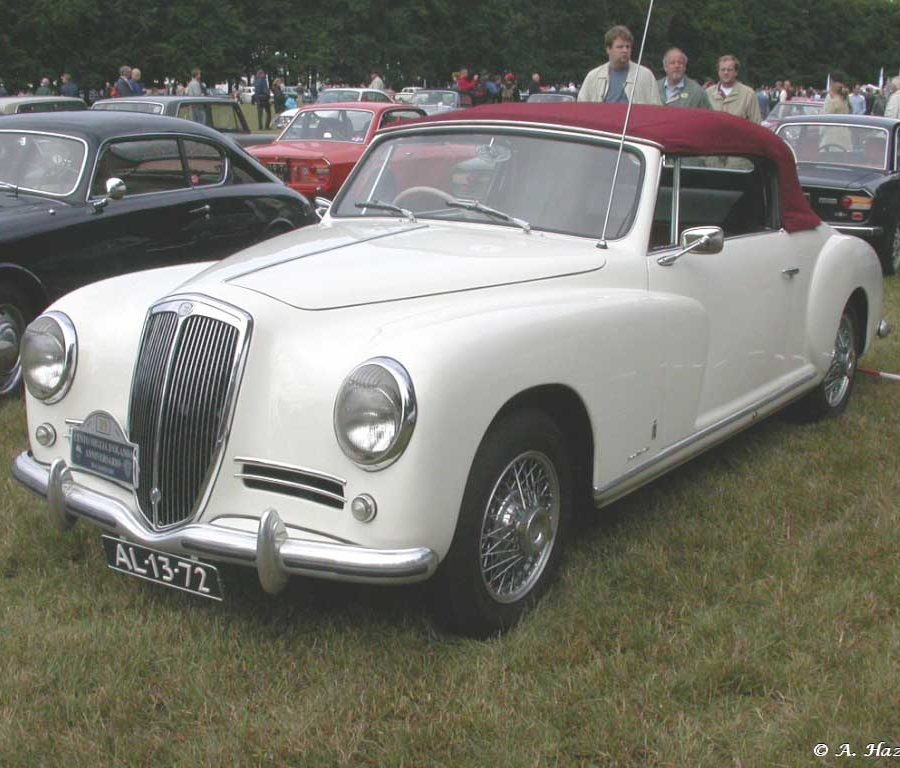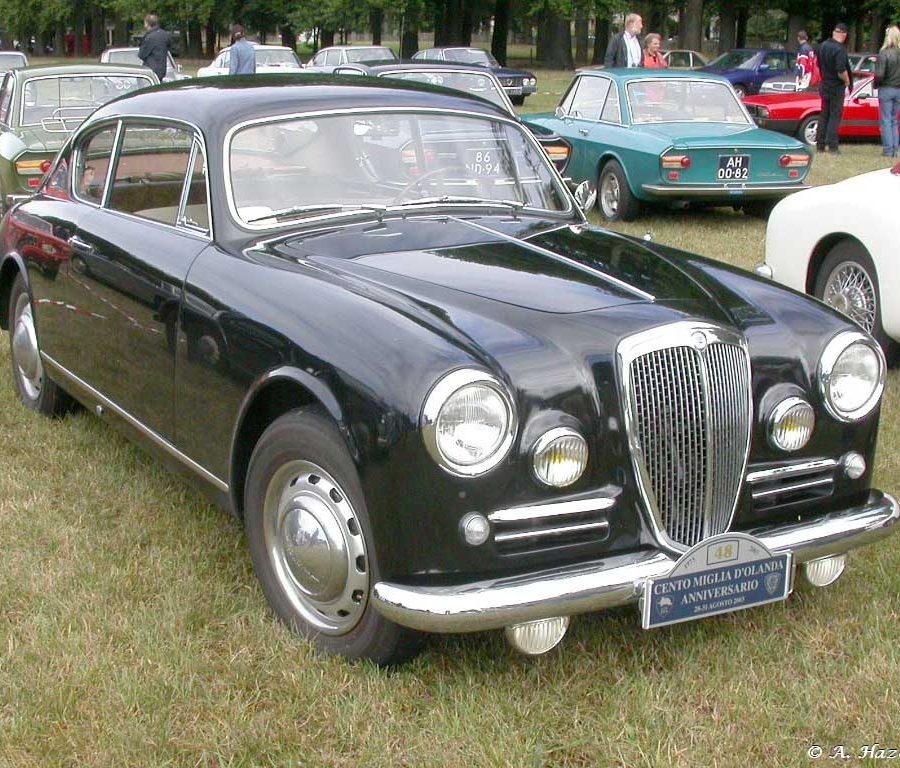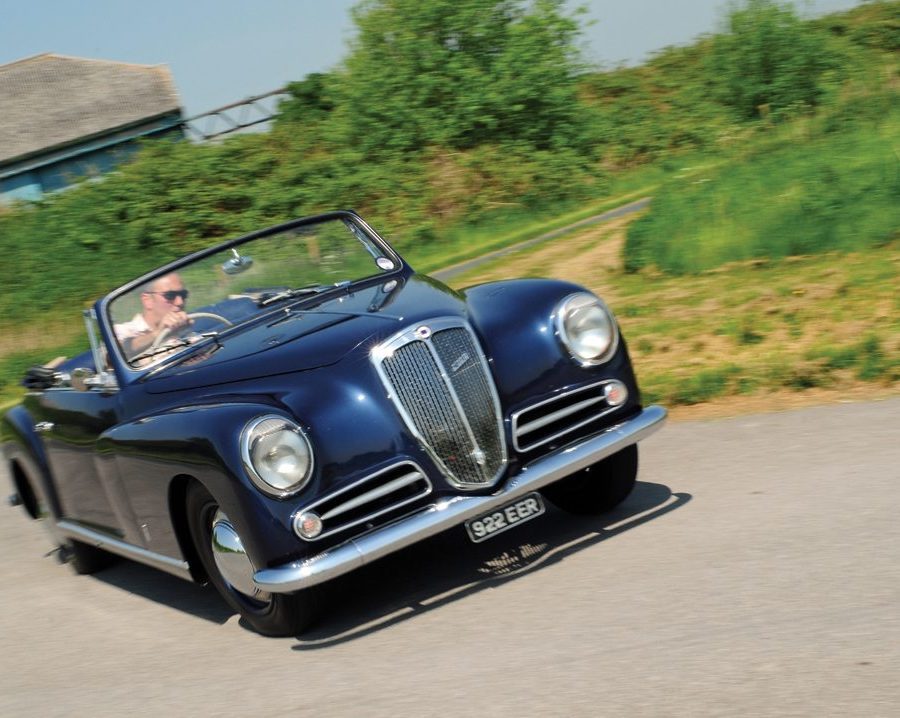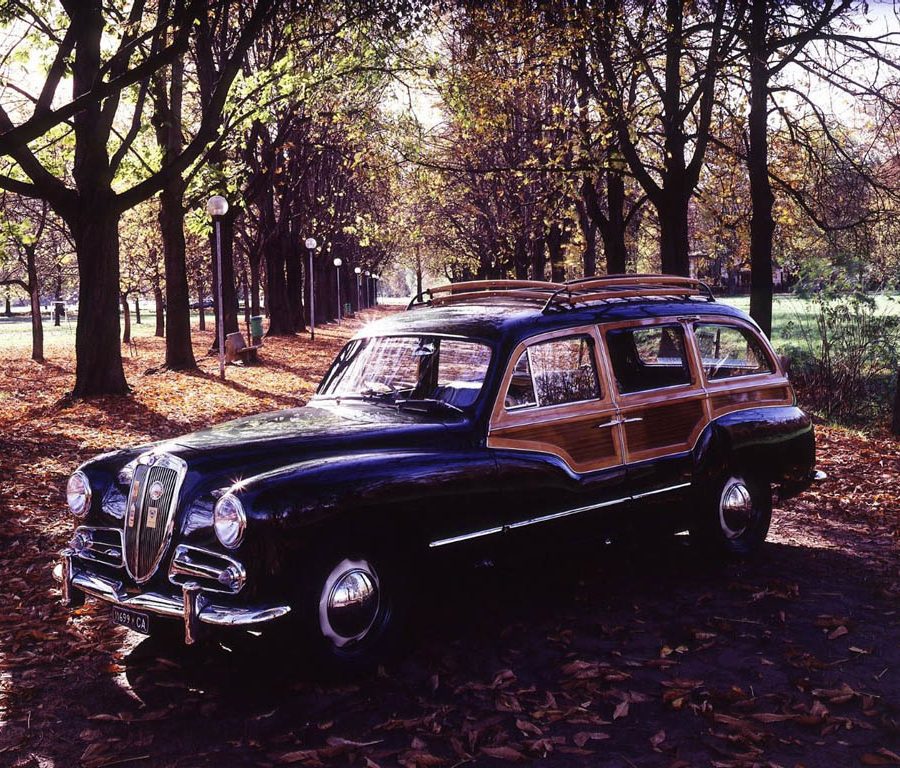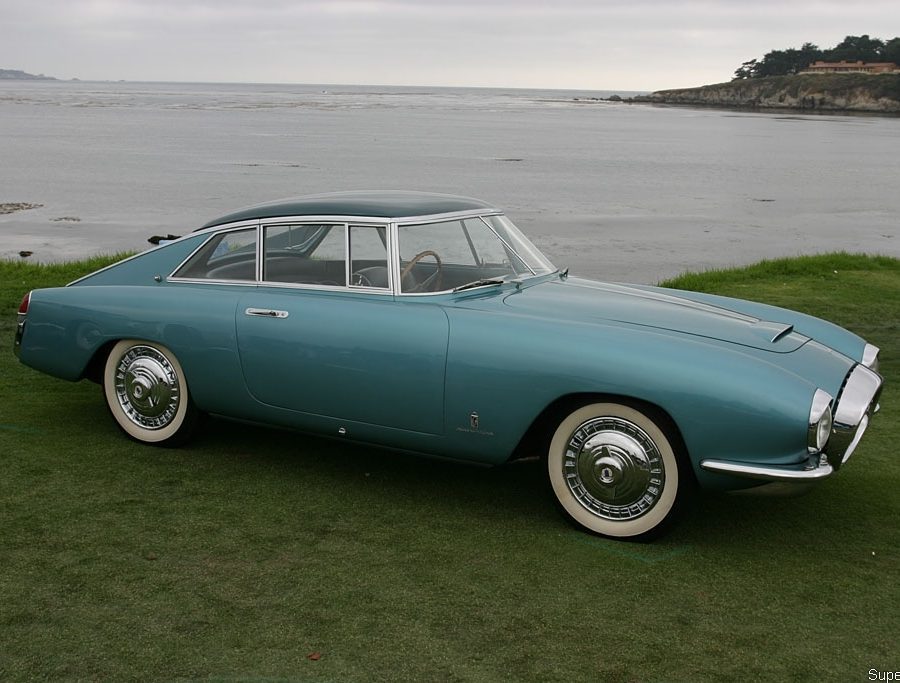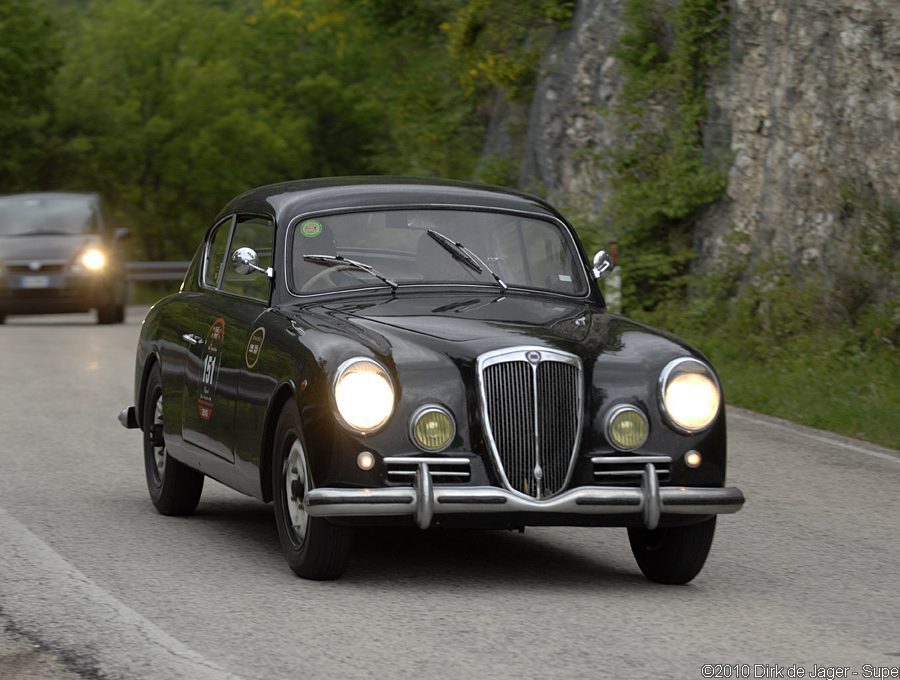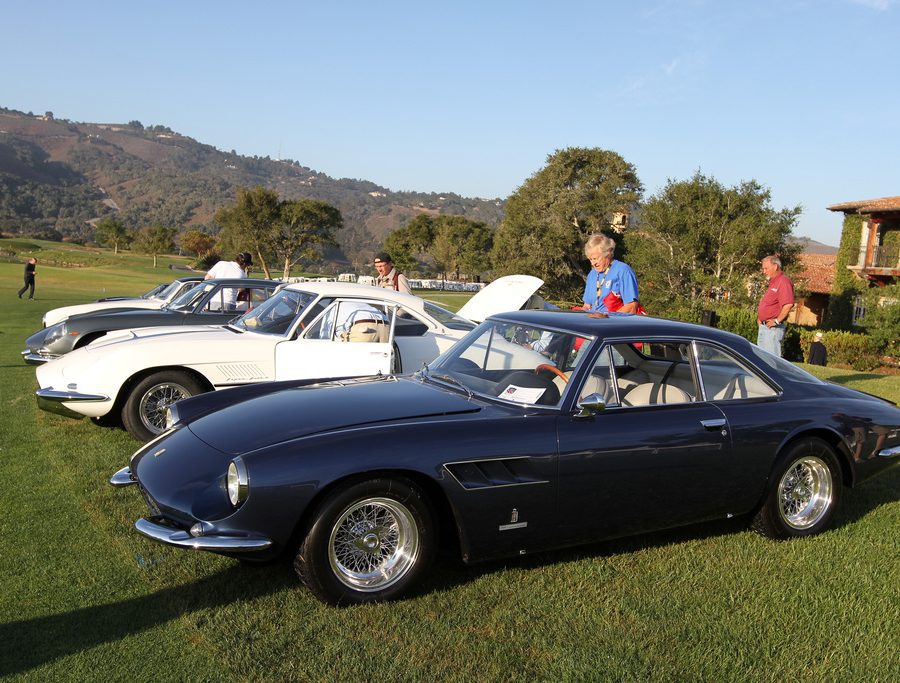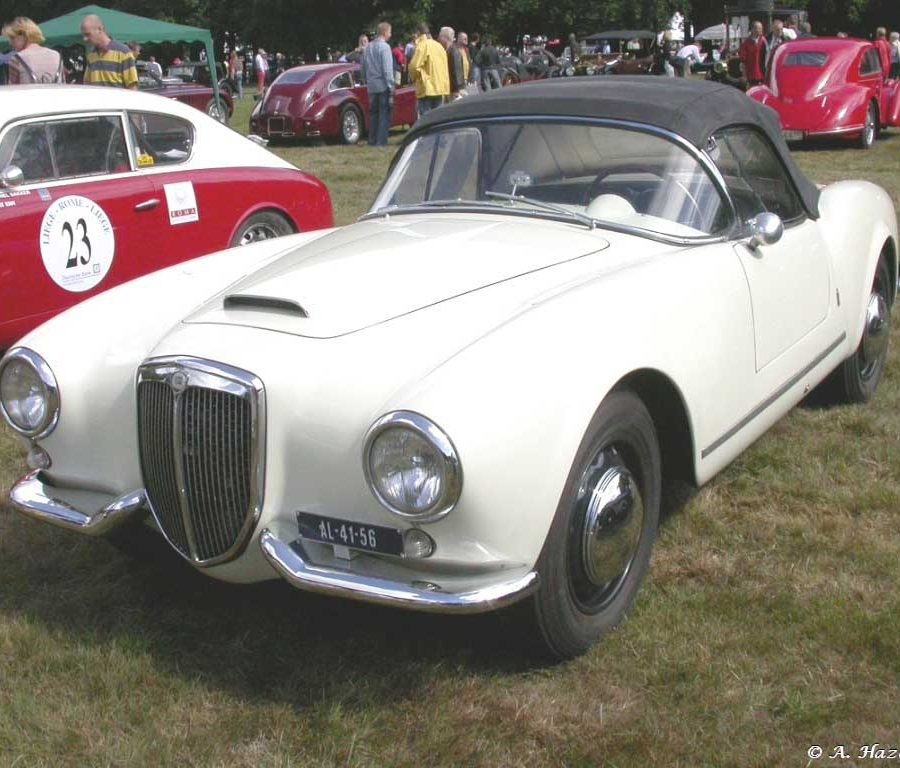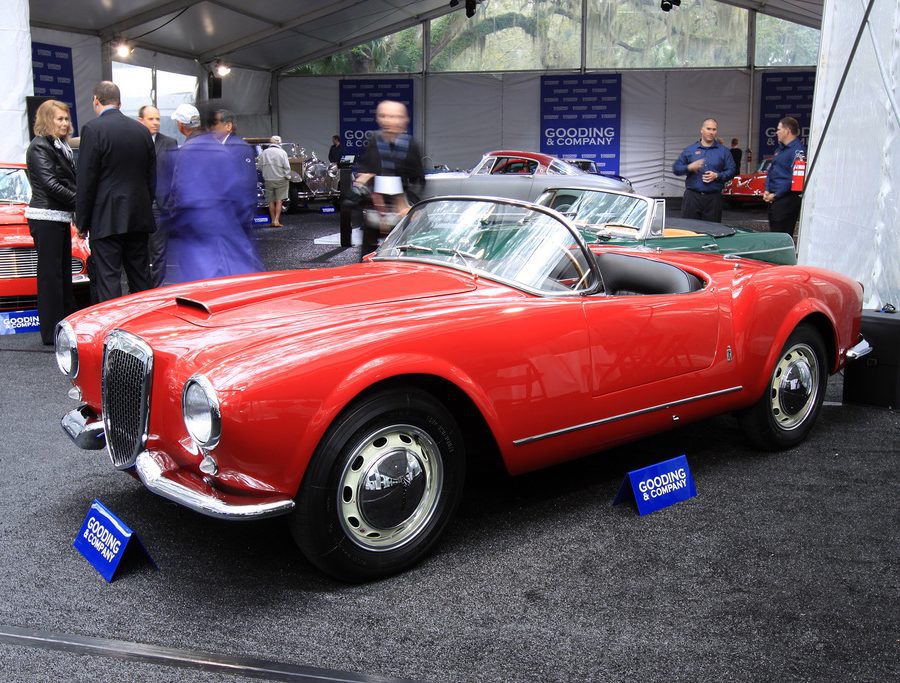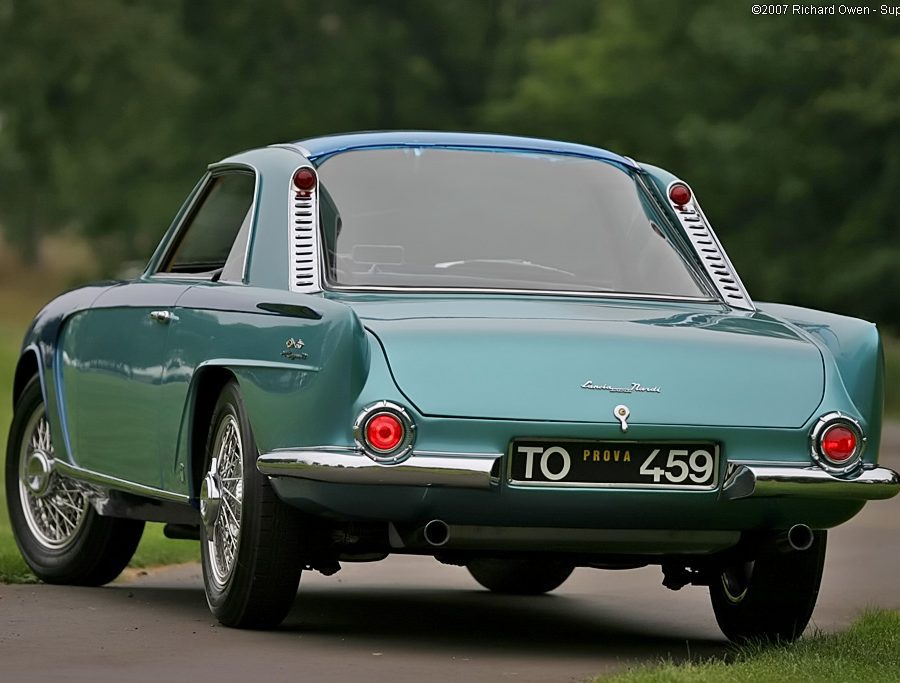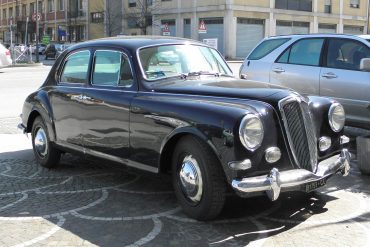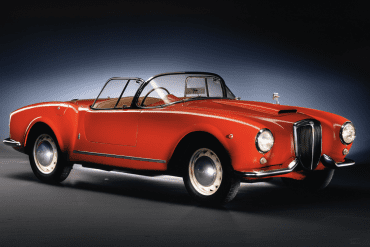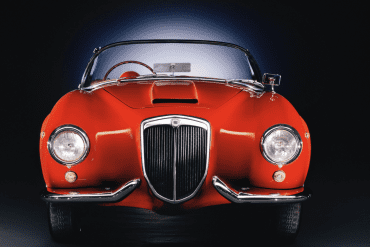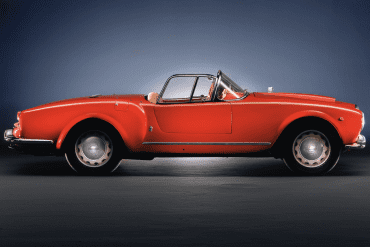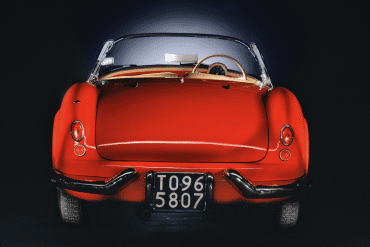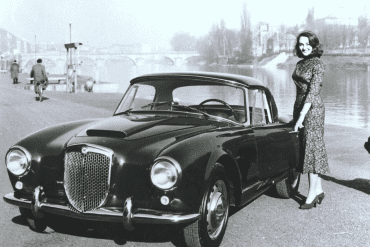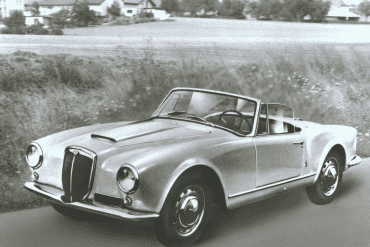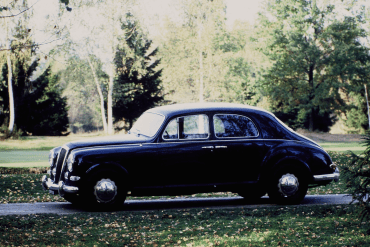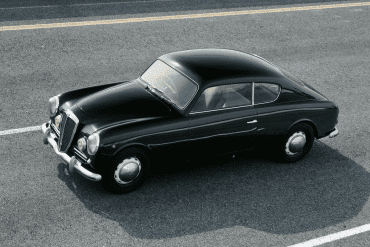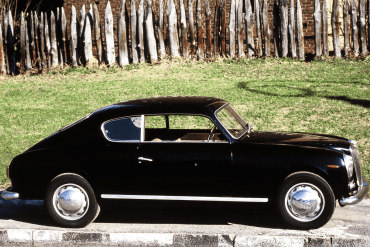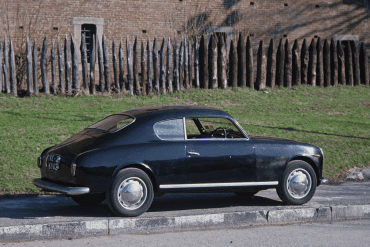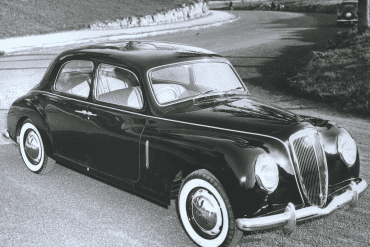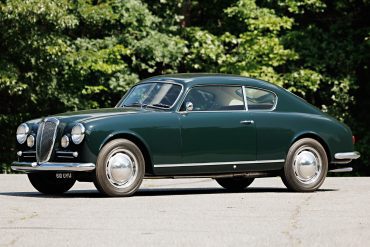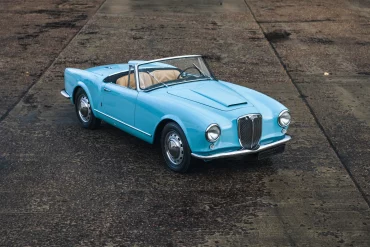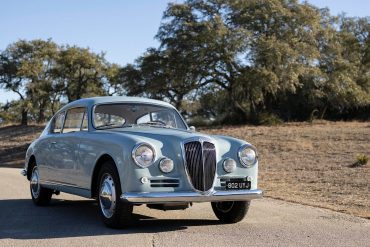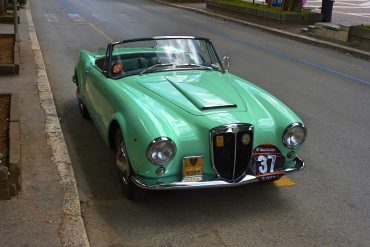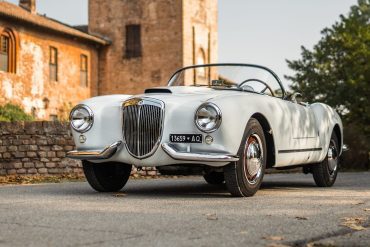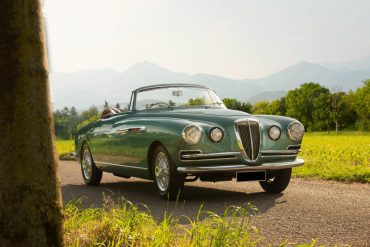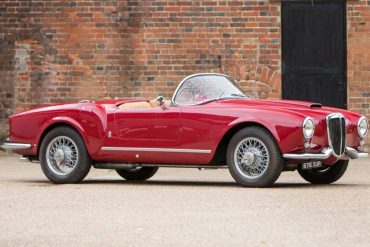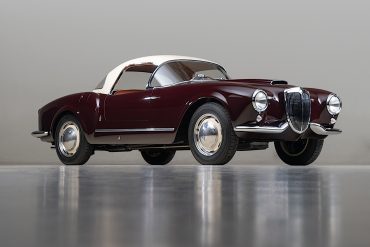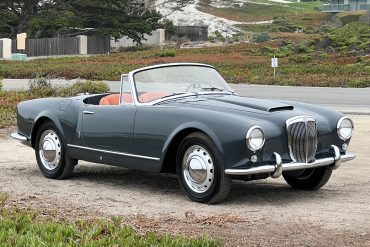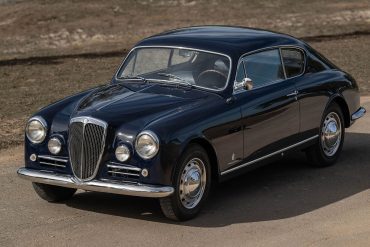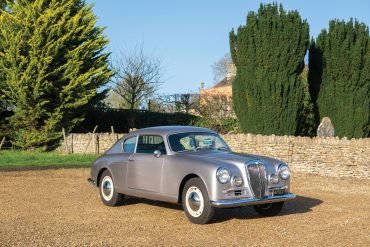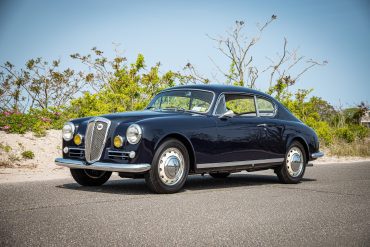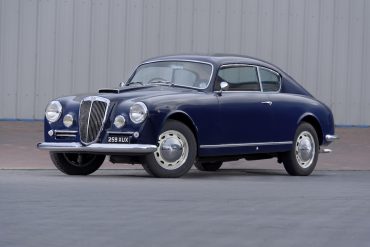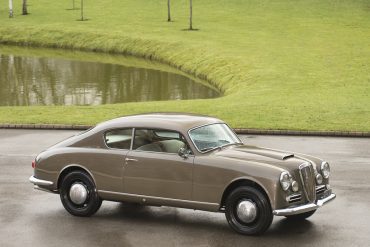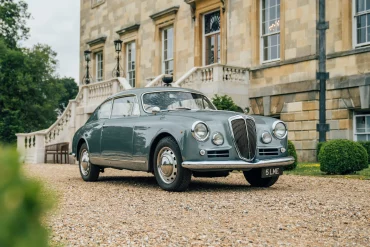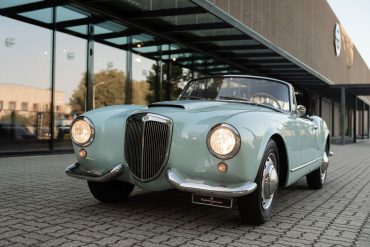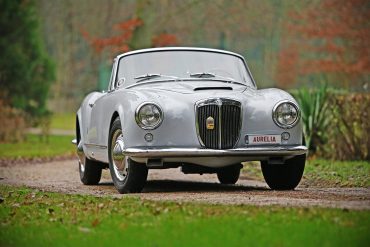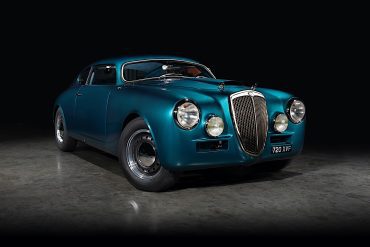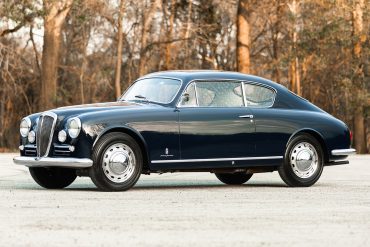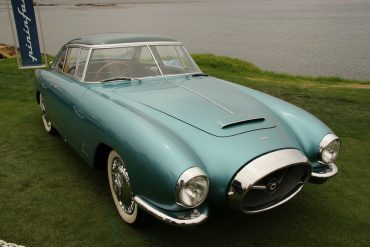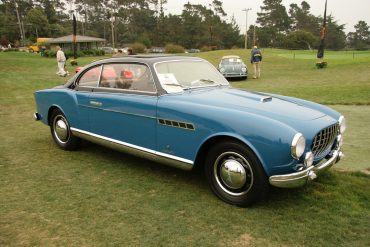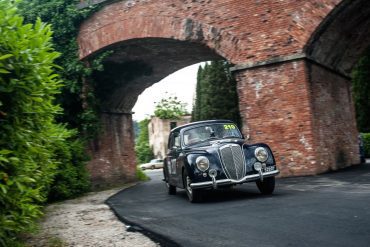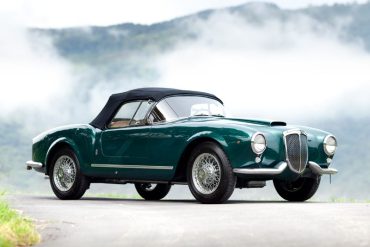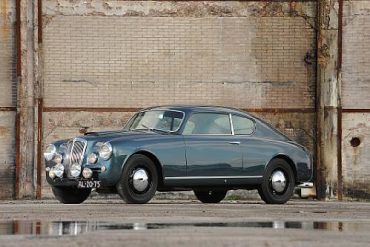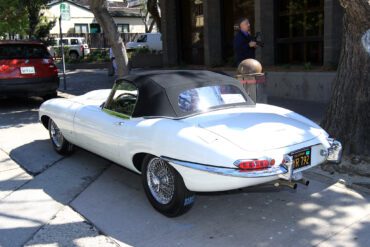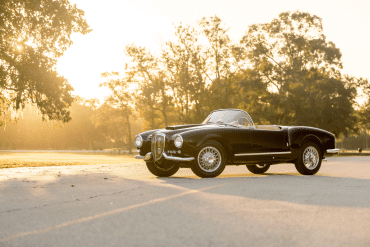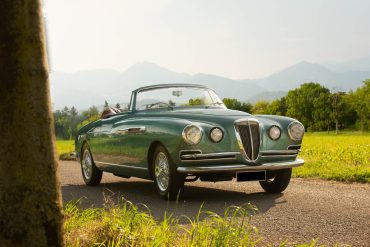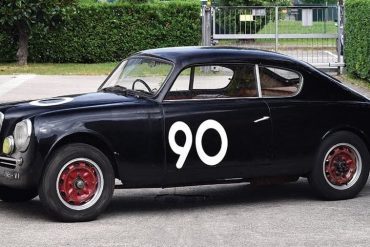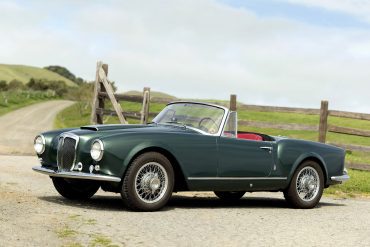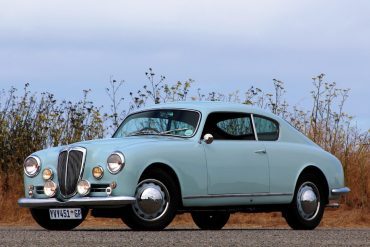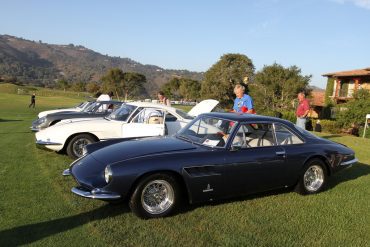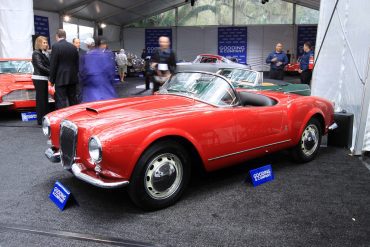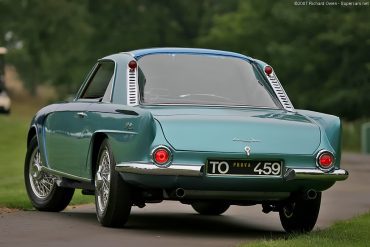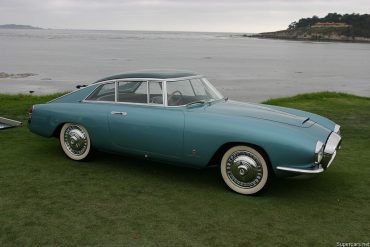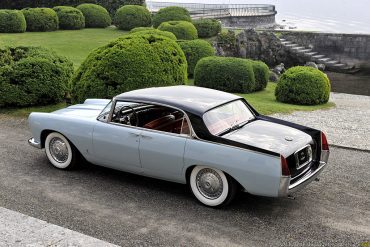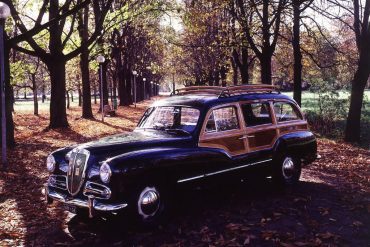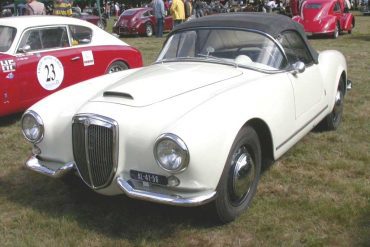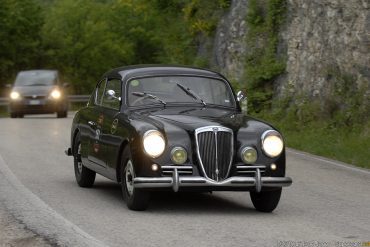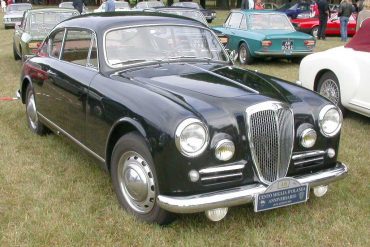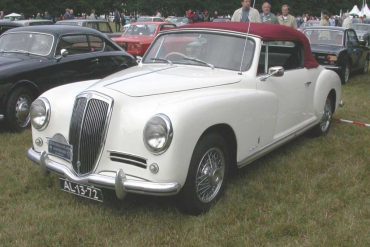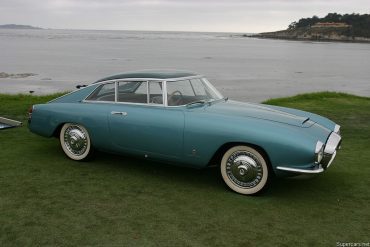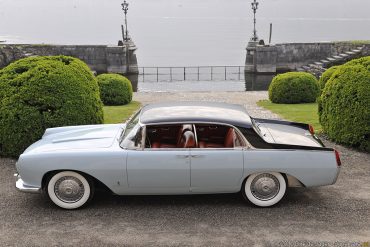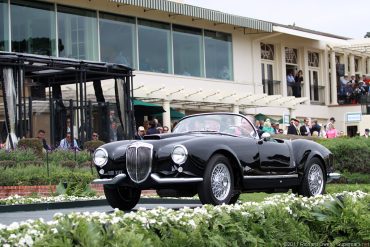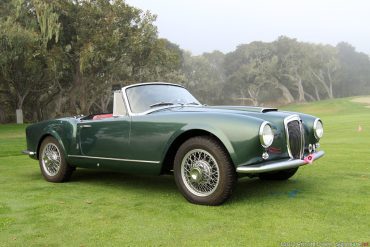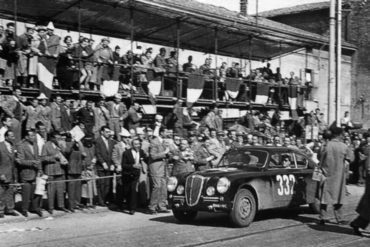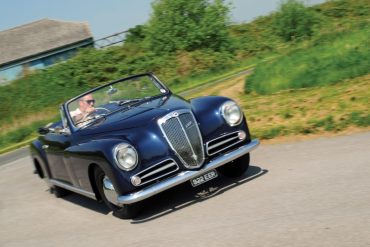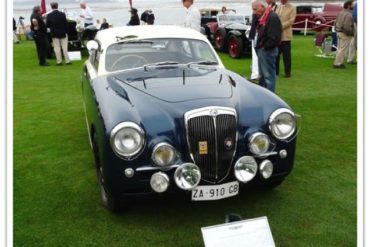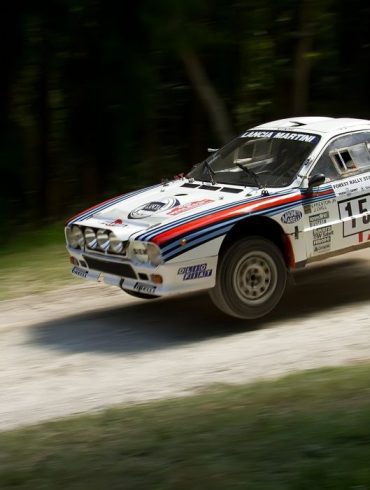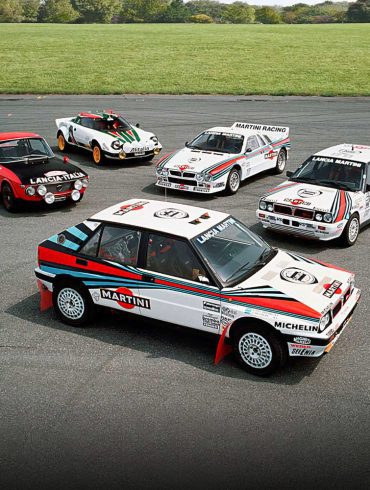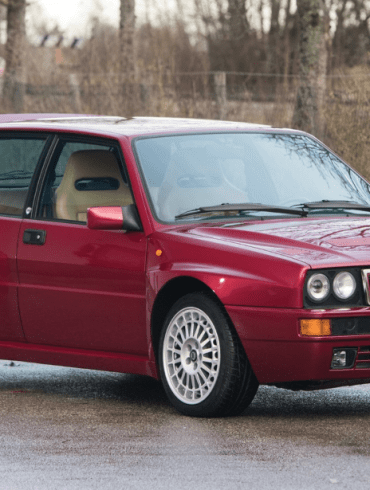Lancia Aurelia
1950 - 1958
Originally introduced as a refined saloon model to meet the needs of the Italian bourgeoisie who wanted something better than a Fiat, the Aurelia quickly spawned a range of derivatives, starting with the beautiful Pinin Farina B20 GT coupé of 1951. In 1956, the Lancia family sold their company, but the Aurelia lived on under the new management, and the Spider and later a convertible model were added with an eye on the American market, but eventually the Aurelia was phased out to be replaced by a large luxury model, the Flaminia.
Overview / The Legend / Model Guides / Full History & Story / Image Gallery / More Updates
The Lancia Aurelia History, Variants & Ultimate Guide
An Overview
In 1948, the engineer Gianni Lancia, having taken over the brand founded in 1906 by his father Vincenzo, decided to replace the Aprilia model that had made the Turin-based manufacturer a success since 1937. The new Aurelia, launched in 1950, became one of the pioneering cars in the history of the automobile, adopting a number of avant-garde techniques such as a standard V6 engine, transaxle and rear brakes attached to the differential.
The year 1950 marked a turning point in the history of many European manufacturers, as they introduced models designed entirely after the war. The Aurelia, which was presented at the Turin Motor Show in early May of that year, was one of this new generation group of cars. This model was undoubtedly one of the most innovative in Lancia's history, while retaining the brand's traditional principles, which can best be summarized as elegance with a modern twist...
Stylish & Modern
From the very beginning, like Citroën in France, Lancia has had the reputation of being a manufacturer with an innovative vision. The 1937 Aprilia, a posthumous masterpiece by Vincenzo Lancia, is an excellent example of this. When, in 1948, Gianni Lancia, Managing Director of the Turin-based firm, decided to replace it by the Aurelia, many of its predecessor's technical solutions, such as the four independent wheels, were adopted.
The technical team in charge of designing the Aurelia was led by Giuseppe Vaccarino. He was surrounded by two of the most creative engineers of their time, Vittorio Jano and Francesco De Virgilio. The Aurelia had to be spacious yet compact and, like its predecessors, it had to have impeccable roadholding.
Continuing along the technical path pioneered by Lancia before the war, it adopted the monocoque body, but innovated with a trailing arm suspension and coil springs that the manufacturer had recently patented. Vittorio Jano was also keen to optimise weight distribution, and installed the gearbox at the rear, attached to the axle.
The First Production V6
The origin of the engine powering the Aurelia dates back to 1943, when De Virgilio was working on an experimental 2-litre V8 for the Aprilia. However, it was far too voluminous to fit beneath the bonnet of this car, and the brilliant engineer came up with a 1,569 cm3 V6 engine with a 45° opening, code-named 538, which was successfully tested. When its successor was built, the angle of this V6 was increased to 60° for better balance.
The result was the B10 engine, the first V6 engine to be produced in series. This unit, with a displacement of 1,754 cm3 (bore: 70 mm x stroke: 76 mm), produced 56 bhp at 4,000 rpm. Built in aluminium with cast-iron cylinder liners, it was installed into the Aurelia B10 saloon, presented at the Turin Motor Show in May 1950.
The following year the B20 GT coupé with a 1,991 cm3 V6 was launched, while the range was completed by a B24 Spider version from 1957, equipped with the 2,451 cm3 V6 engine that had been used in the GT since 1953. Lancia followed its usual approach and gradually improved this advanced model on a regular basis.
A total of 17,336 units of the Lancia Aurelia were produced between 1950 and 1958, including 371 GT Coupés and 760 Spiders.
A Racing Champion
The Lancia Aurelia has won countless victories in rallies and on circuits. Its first success came with Alberto Ascari and Luigi Villoresi at the 1951 Sestriere Rally. That year, the Aurelia also won the Dolomites Cup (E. Anselmi) and the 6 Hours of Pescara (G. Bracco), while Bracco and Maglioli finished 2nd in the prestigious Mille Miles.
These excellent results encouraged Gianni Lancia to create a racing department with the technical assistance of engineers Jano and De Virgillio. The emblem of this "Team Lancia" was a galloping red elephant designed by the driver Enrico Anselmi. The 1952 season opened with another victory in the Sestriere Rally (Valenzano), followed by Felice Bonetto's victory in the Targa Florio.
At the 1952 Le Mans 24 Hours, the Aurelia finished a respectable 6th in the general classification (Valenzano- Castiglioni). At the end of the year, Maglioli and Bornigia finished 4th in the gruelling Carrera Panamericana in Mexico. Other major victories over the following years included the Rallye Liège-Rome-Liège in 1953 (Claes-Trasenster) and the Rallye de Monte-Carlo in 1954 (Chiron-Basadonna) and the Rallye de Sestrières again in 1954 and 1955.
Long after production had ceased, the Aurelia continued to win races through private drivers. One of the very last successes was achieved at the Acropolis Rally in 1958 by Luigi Villoresi and co-driver Ciro Basadonna.
Lancia Aurelia Basics
Manufacturer: Lancia
Production: 1950–1958
Production Volume: 18,201 (Total), 1296 (1950), 4723 (1951), 4714 (1952), 2373 (1953), 1569 (1954), 2047 (1955), 376 (1956), 596 (1957), 507 (1958)
Designer: Felice Mario Boano at Ghia (B20 coupé), Pininfarina (B24 convertible)
Body style: 4-dr saloon, 2-dr coupé/spider
Layout: Front-engine, RWD
Engine: 1.8 L B10 V6
Engine: 2.0 L B15/B20/B21/B22 V6
Engine: 2.3 L tipo B12 V6
Engine: 2.5 L tipo B20/B24 V6
Trans: 4-speed manual
Successor: Lancia Flaminia
Did You Know?
The Lancia Aurelia made history by being one of the first production cars to feature a V6 engine, a design now incredibly common.
Designed by famed engineer Vittorio Jano, the Aurelia boasted innovations like an inboard rear transaxle for better weight distribution and independent suspension for improved handling.
Aurelia variants like the B20 GT were highly successful in competition, winning races like the Mille Miglia and the 24 Hours of Le Mans.
Celebrated coachbuilders like Pinin Farina and Vignale created stunning bespoke bodywork on Aurelia chassis, making some versions highly collectible.
"The Aurelia's V6 engine is a marvel of smoothness and power. A truly modern innovation!
Sports Car Digest
Production History
1950
Lancia Aurelia B10 First Series launched. Initially available with 56bhp 1.8L V6 in sedan form.
1951
Aurelia B21 launched with 70bhp 2.0L V6. Aurelia B20 Coupe introduced with uprated 75bhp 2.0L engine.
1952
Second Series Aurelia launched. Coupe now had 80bhp. B22 Sedan received dual Webers and 90bhp. Changes included improved brakes and minor styling changes
1953
Third Series Aurelia introduced. Engine capacity increased to 2.5L and rear styling was modified.
1954
Fourth Series Aurelia introduced. De Dion tube rear suspension replaces semi-trailing setup. Engine bearing design upgraded. B24 Spider body style introduced.
1955
B24 Spider production ends with 240 cars built.
1956
Fifth Series Aurelia launched. Transaxle and driveshaft received upgrades. B24 convertible introduced with similar running gear to the Coupe
1957
Sixth Series of the Aurelia introduced. Engine tweaking resulted in lower power but increased torque outputs. Minor external changes with vent windows and chrome detailing. Fuel tank was relocated to boot from its original position behind seats.
1958
Aurelia production ends with approx 18200 cars built.
The Evolution
With 18,200 Aurelia made, one would think production was standardized - but it was not. Rather the Aurelia was a car in steady evolution. Motors, transmissions, rear suspensions, and body lines were changed regularly for each of the models, in Lancia's pursuit of perfection, regardless of the cost.
Aesthetic changes in the cars are relatively well documented, and the real story is the mechanical evolution in both the sedans and the coupes, with a large number of changes in just a few years.
How could they make so many, everything in the cars, and yet maintain the quality that they had? Each Aurelia felt like it was made specially for its particular purpose regardless of whether it was a sedan, a GT coupe, or an open car. Gear ratios, spring rates, engine tune, fittings, instruments, brakes, all were changed for each model and sub-model. How was this done?
Lancia's production model was an unusual one. It was noted as early as the 1920s as a form of "industrialized craftsmanship", between a mass production model on one hand, and hand-crafted, small production efforts on the other.
In essence, Aurelias were both mass produced and niche marketed – constantly improved and revised over their lifespan. The range of these changes are many; understanding why and how they were done is part of the charm of these cars.
The first Berlina motors are 1754cc, increased one year later to 1991cc. The second series Berlina ( B12) motor was upsized to 2261 cc. In the B20 coupes, they began by using the Berlina’s 1991 cc motor in the first B20 coupe, but changed the carburetion from one to two single barrel carbs to achieve 75 hp.
In the 2nd series coupe (1952), new heads had revised valve orientation for better breathing, a design that was used for all the later B20’s, but not for berlinas.
The 3rd series B20 began use of the 2.5 liter engine, common for all the later B20s and B24s. The 4th series engine is basically the same, save a change to shell bearings. The 5th and 6th engines have only valve train improvements, and oh yes, a different camshaft.
In summary, from 1950-1954, Lancia increased the Aurelia engine size three times, makes two head configurations (parallel and skewed), four different capacities (1754, 1991, 2261, 2451 cc), and some 7 different block castings!
Along with this were several different carburetion setups - a single barrel,a double use of single barrels, a Solex two barrel, and a Weber single two barrel for the later engines.The most detailed explanation of the different models and variation was prepared by Bill Stebbins, an engineer and Lancia man of the highest caliber.
Model Changes Over the Years
The most detailed explanation of the different models and variation was prepared by Bill Stebbins, an engineer and Lancia man create asketch outlining all the major changes.
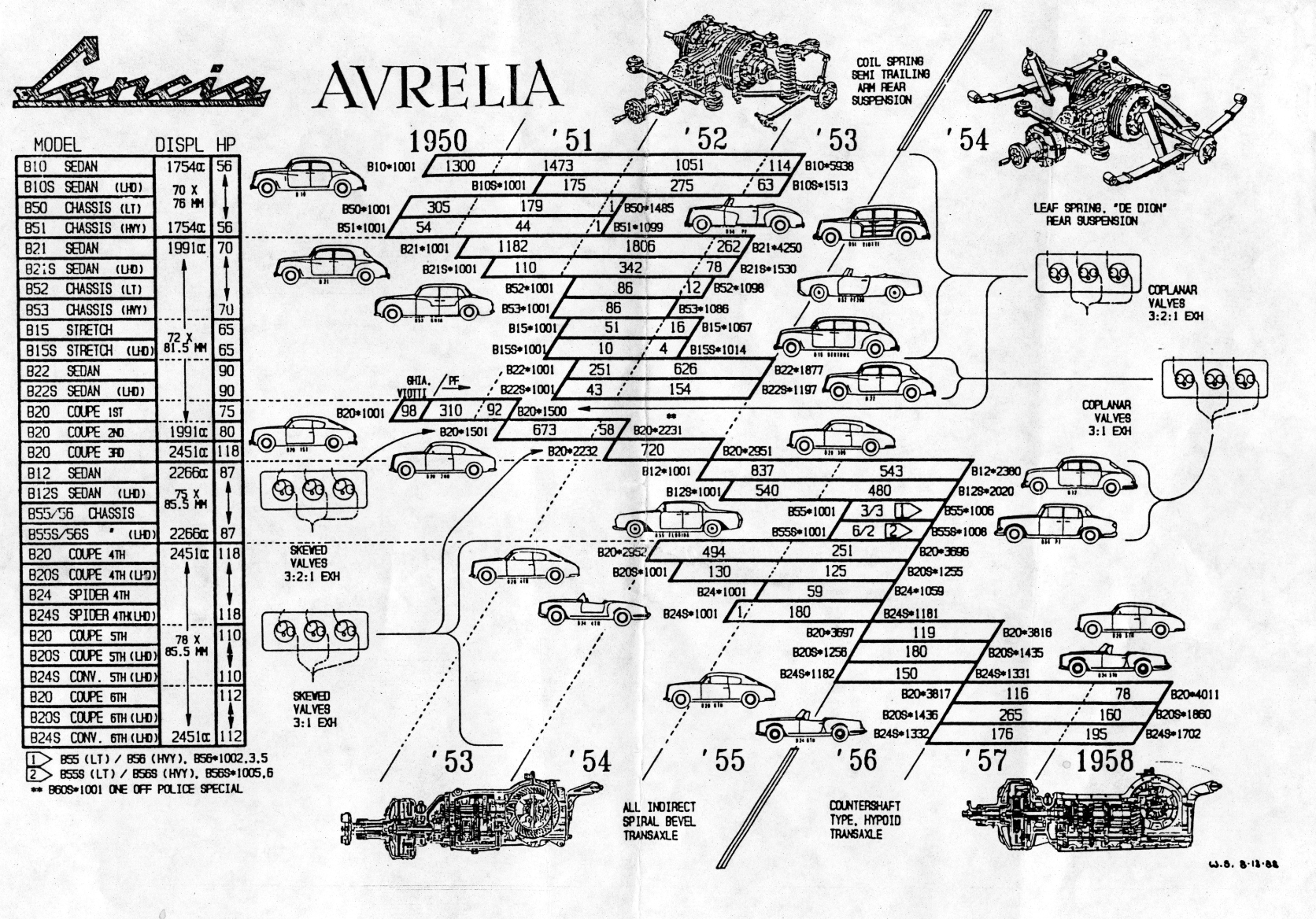
"This Lancia has the handling of a sports car with the comfort of a luxury sedan."
Sports Car Digest


